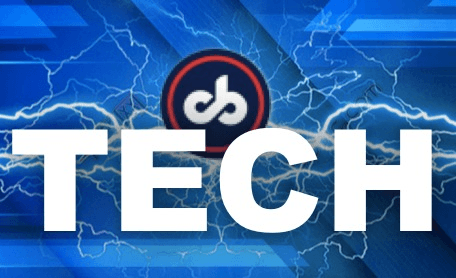Ready to go into production by 2026, the partnership between Sona Comstar and C-Motive will accelerate the rapid adoption of electric mobility in India and globally.

This product can be increased from one kilowatt to ten megawatts.

Sona BLW Precision Forgings Ltd., part of the Sona Comstar Group, has partnered with C-Motive Technologies to develop the world’s first commercially viable electrostatic motor, which will eventually be used for Electric Vehicles (EV) applications. Ready to go into production by 2026, the partnership between Sona Comstar and C-Motive will offer cutting-edge technologies and play a leading role in the rapid adoption of electric mobility in India and globally. The offer also includes Sona Comstar’s participation in C-Motive’s latest financing round.
We are pleased to announce our partnership with C-Motive Technologies to develop electrostatic drive motors for EVs. C-Motive’s patented electrostatic machines deliver ultra-high efficiency and high torque at low speeds without using rare earth metals.#gold electrification tomorrow pic.twitter.com/7vswI6vCNm
— sona comstar (@sonacomstar) 5 May 2022
Read also: Sona Comstar and IRP Nexus to collaborate to develop magnet-less electric motor technology
Kiran M Deshmukh, CTO, Sona Comstar, said, “We are impressed by the high but ripple-free torque generation of the C-Motive motor, with no active cooling, very little copper, and no rare earth metals or magnets. Technically With the development of better and commercially competitive products as compared to existing electromagnetic motors, there will be a huge market opportunity in the rapidly growing e-mobility market.”

C-Motive’s product harnesses the power of static cling to break free from permanent magnets and active cooling, providing high torque and high efficiency at low speeds without using permanent magnets. So, essentially, these are magnet-less motors.
Traditionally, electric motors used electromagnetic forces to convert electrical power into mechanical power, however, C-Motive’s product uses the power of static adhesives to break free from permanent magnets and active cooling, Provides high torque and high efficiency at low speeds without using permanent magnets. So, essentially, these are magnet-less motors.
0 notes
This product can also be scaled from one kilowatt to ten megawatts, as machines can be designed for a variety of purposes such as small, modular torque motors for stationary applications, rugged machines for e-mobility drivetrains, and wind turbines. As a MultiMW generator for wells. This will translate into limiting copper use and eliminating the need for permanent magnets, making EV products more affordable than ever before, as well as reducing carbon emissions along the way.
for the latest auto news And AnalysisFollow carandbike.com Twitter, Facebookand ours. subscribe to youtube Channel.